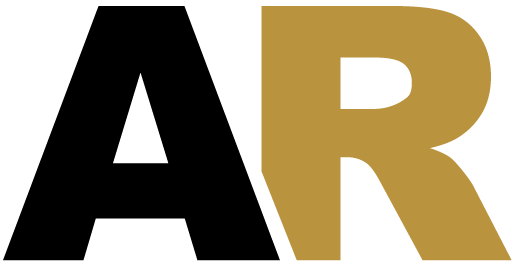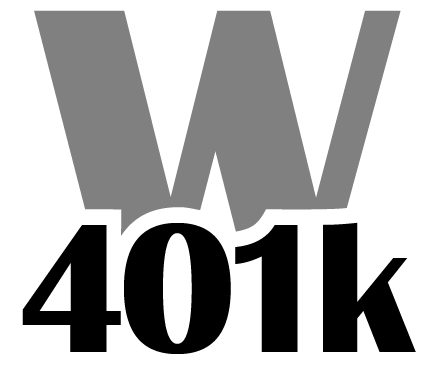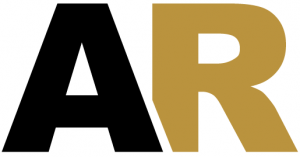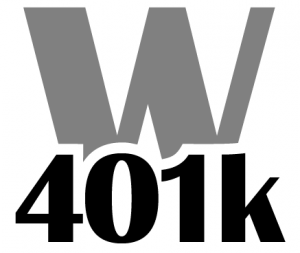Whether paying the Federal SCA required H&W rate as cash on the employee’s paycheck is easier depends on your definition of “easier”.
Companies that pay the SCA H&W rate as cash on the paycheck (typically $4.60/hour, recently raised to $4.80/hr, and can be more) also pay wage related burden on those dollars. Additionally, companies that provide health insurance to their employees could (if done properly) receive credit for its cost against the H&W requirement. In a lowest qualified bid procurement environment, both the “cash on the paycheck” option and the “no credit for health insurance” option become almost prohibitive.
A Service Contract Example
For instance, say an employee averages 40 paid hours per week on an SCA covered project. The company pays the Health & Welfare rate on the paycheck. This employee is also part of the company health insurance plan, and his insurance costs the company $460 per month.
| Generally speaking, controlling for mitigating variables, at a minimum this employee’s fringes (per month) would be $4.60/hour * 160 hours: | $736.00 |
|---|---|
| Assuming a 20% wage related burden (minimum of sum of Social Security match, workers comp, General Liability insurance) = $736.00 * 0.2: | $147.20 |
| Health insurance coverage paid by the Company: | $460.00 |
| What the H&W requirement did cost the company (736.00 + 147.20 + 460.00): $4.60/hour * 160 hours: | $1,343.20 |
| What the H&W requirement could have cost the company (maximum health insurance credit, no wage related burden): | $736.00 |
| Cost Difference (per month, per employee): | $607.20 |
| Cost Difference (per year, per employee): | $7,286.40 |
| Cost Difference (per year, 20 employees): | $145,000+ |
| Cost Difference (per year, 350 employees): | $2,550,000+ |
As shown, the employer is receiving maximum credit for the cost of the health insurance provided and is not paying any wage related burden on the H&W rate.
Other SCA points to consider
Some additional SCA points to consider include:
- What if most of your employees don’t participate in the company health insurance program because they have access to other insurance options (i.e. Tricare)?
- Where do their fringe dollars go?
- How do you ensure the company’s retirement plan is in compliance with its various regulations if you have some employees that work SCA jobs and others that do not, or your employees work on both SCA and private job sites?
- How do you ensure the company’s retirement plan is in compliance with its various regulations if your service providers have never heard of the Service Contract Act (scary, but true)?
- For employees that have dependents covered as part of the company health insurance plan, can some of the H&W fringe help pay a portion of the employee insurance cost obligation?
- For companies where H&W fringe dollars go to a third party, is the company performing the necessary calculations to determine how much to fund? Are the calculations being performed correctly?
- How do you incorporate inherited employees from new SCA contracts into your company benefits program?
- Do you incorporate various Holiday and Vacation schedules from differing SCA wage determinations into your company benefits program?
- How do your employees know what’s going on?
- How do you prove to an auditor what you’re doing is correct?
- Are you sure you’re in compliance?
In a sense, paying the required H&W rate as cash on the employee’s paycheck is only easier if you don’t care how much money is spent.





